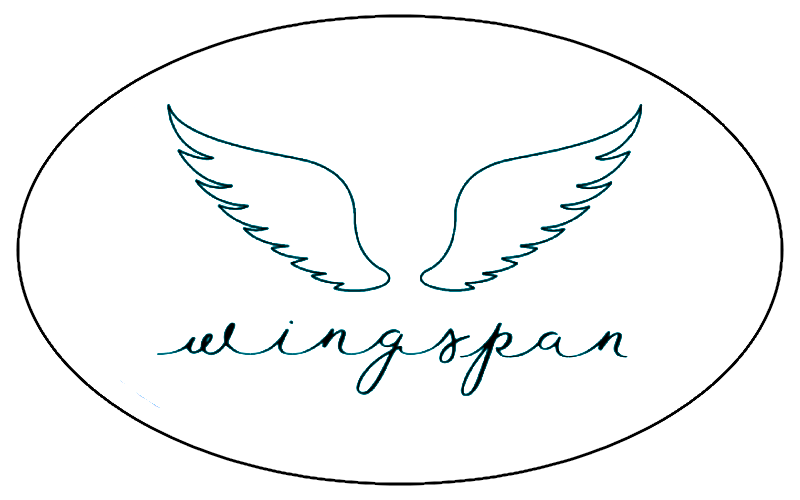In the vast and varied world of textiles, each garment comes with its own set of instructions, a blueprint for care hidden within its seams. These care labels, often overlooked in the rush of daily life, hold the key to preserving the quality, appearance, and longevity of our clothes. Understanding these symbols and instructions is not just about keeping our garments in pristine condition; it’s about sustainability, respect for the materials, and a commitment to the craftsmanship behind each piece.
At the heart of every piece of clothing is a fabric that has been chosen for its texture, drape, and wearability. Whether it’s the softness of cotton, the warmth of wool, the luxury of silk, or the practicality of synthetics, each material has its own characteristics and needs. The care label provides a snapshot of how to honor these qualities through proper washing, drying, ironing, and dry cleaning practices. For instance, a wool sweater might require cold water hand washing and flat drying to maintain its shape and softness, while a silk blouse could demand dry cleaning to preserve its sheen and color vibrancy.
Washing instructions are the cornerstone of garment care. These guidelines ensure that the fabric’s integrity is maintained while removing dirt and odors. Symbols indicate whether a garment should be machine washed, hand washed, or dry cleaned, along with the recommended water temperature. Hot water might shrink natural fibers like cotton and wool, whereas cold water is suited to preserving the fit and color of most fabrics. Moreover, specific instructions like “Do Not Bleach” or “Wash With Like Colors” are crucial for avoiding damage and prolonging the life of the garment.
Drying is another critical aspect covered by care labels, with symbols indicating whether machine drying, tumble drying at a low temperature, or air drying is preferable. High heat can cause shrinkage and damage to elastic fibers, making it imperative to follow the recommended settings. Additionally, some garments are best dried flat to prevent stretching, while others can hang to dry without losing their shape. Ironing instructions further specify the heat setting suitable for the fabric, ensuring that clothes are wrinkle-free without being subjected to excessive heat that could scorch or melt the material.
Beyond the basics of washing, drying, and ironing, care labels may also include recommendations for dry cleaning, a process suitable for delicate fabrics and structured garments that could be damaged by conventional washing. Symbols for dry cleaning provide guidance on the chemicals that can be safely used, protecting the fabric’s texture and color. This level of detail extends the garment’s lifespan and ensures that it remains a cherished part of one’s wardrobe for longer.
In conclusion, the humble care label, often ignored, is a treasure trove of information designed to guide us in the proper care of our clothing. By taking the time to decode these symbols and follow the instructions, we not only extend the life of our garments but also contribute to a more sustainable and mindful approach to fashion. Clothing care is an art form in its own right, one that rewards patience and attentiveness with garments that look and feel as good as new, wear after wear. Let us then approach our laundry with the respect and diligence it deserves, for in the care of our clothes lies the preservation of their beauty and our investment in them.

